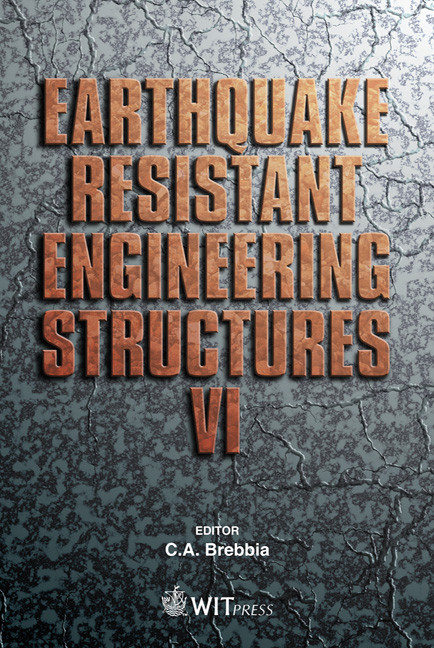Design Of Reinforced Concrete Buildings According To The New NEHRP Provisions
Price
Free (open access)
Transaction
Volume
93
Pages
9
Published
2007
Size
751 kb
Paper DOI
10.2495/ERES070031
Copyright
WIT Press
Author(s)
O. A. Mohamed & P. Khamwan
Abstract
This paper examines the seismic analysis and design requirements for earthquake resistant reinforced concrete buildings according to the recent NEHRP recommended provisions, also known as FEMA 450. To demonstrate the implementation of the NEHRP provisions, a case study reinforced concrete building is analyzed and designed. A number of key modeling and design considerations are examined such as: (1) the effects of upper and lower limits imposed by the provisions on design fundamental period; (2) the variation of drift along the height of the building in a structure that contains a dual lateral force resisting system in one direction and a moment resisting frame in another direction, compared to the limiting NEHRP value; (3) comparison of the torsional irregularity limit in the provisions to finite element computations for dual lateral resisting system as well as special moment resisting frame system; (4) the effects on structural response of the interaction of shear-wall and special moment resisting concrete frames. Keywords: seismic design, NEHRP provisions, dual systems, torsional irregularity. 1 Introduction The Building Seismic Safety Council (BSSC) of The National Institute of Building Science (NIBS) established the National Earthquake Hazard Reduction Program (NEHRP) more than 25 years ago with the objective of minimizing earthquake hazards and the damage and injury they might cause. The United States Federal Emergency Management Agency (FEMA) has been supporting BSSC through a number of contracts to publish and update documents, such as
Keywords
seismic design, NEHRP provisions, dual systems, torsional irregularity.





